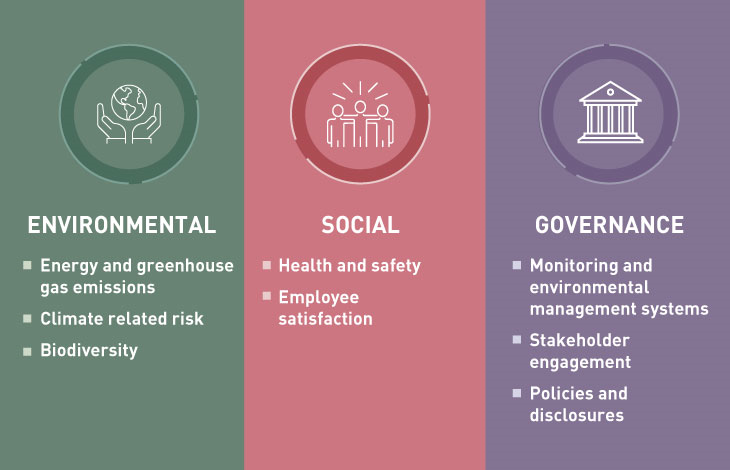Assessing a fibre operator’s credentials against a stringent ESG framework
Client project | Transaction support
Applying a stringent ESG filter for compliant debt financing
A large infrastructure debt fund needed independent expertise to assess an operator’s environmental, social and governance (ESG) initiatives to ensure that the operator met specified ESG standards.
Our client was considering investing in a fibre transport operator in North America that provides connectivity services for businesses and carriers. However, the client wanted to minimise any potential risk of compromising its stringent ESG standards with the investment.
Analysys Mason’s experts in transaction support and sustainability devised a methodology to understand how the operator’s ESG processes and plans measured up against the investor’s own ESG criteria.
Using the client’s framework for categorising ESG risks
We assessed the potential investment in order to gain a comprehensive understanding of both the market and technical perspectives regarding the risks and opportunities. Additionally, we categorised the transaction according to the associated ESG risks.
Our examination looked at the environmental impacts caused by the operator’s current and future operations, as well as the ESG-related risks to its operations (ranging from cyber-attacks to extreme weather events and labour standards). The client’s own requirements for assessing ESG risks covered multiple specified areas, which included a broad assessment of ESG risks and impacts but also specific criteria on:
- labour and working conditions
- resource efficiency and pollution prevention
- biodiversity conservation
- indigenous peoples and cultural heritage.
Figure 1: Non-exhaustive examples of the client’s ESG risk assessment areas
Source: Analysys Mason
A green light to proceed
Following detailed analysis of documents and processes, further insights were gathered through interviews with key employees, we were able to quantify the operator’s degree of compliance with our client’s own ESG standards. We identified a number of areas for further monitoring, notably workers’ well-being as well as the risk of increasingly extreme weather conditions in the region due to climate change. The mitigations in place justified classifying the operator as an investment that would have minimum adverse ESG risks.


